| Keep lavender and rosemary in a dry garden space away from other plants that want lots of water. | One of the more frequent questions beginning gardeners ask is “When do I water, and how much? To which experienced gardeners respond, “It depends”. Frustratingly unhelpful for everyone! But, it’s true – it depends on many factors specific to each garden in each season, each plant and each gardener. What extent of direct sun and shade does the garden get during each month of the year? What kind of soil is in each garden, and are there different kinds in different places? What plants are growing, how deep are their root systems, and are they drought-tolerant or water-needy? How attentive is the gardener – walking through the garden daily or weekly or only when there’s something to harvest? Each of these elements balanced together provides a list of possible answers to that basic question of when and how much to water and what methods to use. Now’s the time to fit these pieces together to get plants growing well as we move into our warm summer season. When Do I Water? Frequency changes depending on the weather. Mostly to this point, we’ve had a coolish spring, so that wonderful quantity of November and December rains that soaked into the soil has not evaporated beyond the surface inch-deep or so. But, those couple of days of 90-degree air temperatures weeks ago, combined with the current high-80-degree temperatures means that established plants have begun actively growing and pulling moisture from the soil. Which means that gardeners need to begin consistently replacing that moisture as the air warmth continues and new plants are added. A basic timing schedule for watering during each season is:
How Deeply Do I Water? Watering depth stays the same year-round for each group of plants so their entire root zones remain evenly moist. Each time you water, you apply enough water to reach each plant’s bottom-most roots. This is why it’s important to grow together those plants that have similar root depths and moisture needs.
I used to have a neighbor that loved to sprinkle her garden every evening when she came home from work. It gave her great pleasure to be in touch with her garden and its plants. This worked fine during the mild spring weather. However, once the daily air temperatures rose above 85 and 90 degrees, her plants were perpetually droopy, even when she took to sprinkling everything before she left for work in the morning as well as when she returned home in the evening. Within two weeks, the plants died – the shallow roots never had the relief of growing deeply into the cooler soil, and they rotted out due to drowning from being watered twice a day that pushed out all the air pores. What’s Soil Got To Do With It? The soil in the garden determines how quickly water is absorbed and how widely it spreads underground. Sandy soil drains quickly and mostly downward. Clay soil is the opposite, draining more slowly and sinking broadly but shallowly. Loam soil, the middle type, spreads somewhat and goes down somewhat. Incorporating more organic material in the soil – no matter which type of soil – will help the soil both drain and hold water while providing lots of air spaces for roots to develop. Which Methods Do I Use? Depending on how often you like to wander through your garden, and how much time you’d like to spend communing with each plant – or not – there are several watering methods that may satisfy both your needs and the plants’ needs. In my garden, I employ all five of these options in different locations and at different times under different conditions.
For more monthly tasks, go to March and April. For major-topic articles by season, go to Homepage. |
|
2 Comments
3/28/2022 05:24:39 pm
I like this site it’s a master piece! Glad I noticed this on google.
Reply
4/13/2023 08:09:27 pm
First I want to appreciate your efforts for giving valuable information. I am Glad you talked about this. I’m offering a<a href=" hellospest.com/
Reply
Leave a Reply. |
Categories |

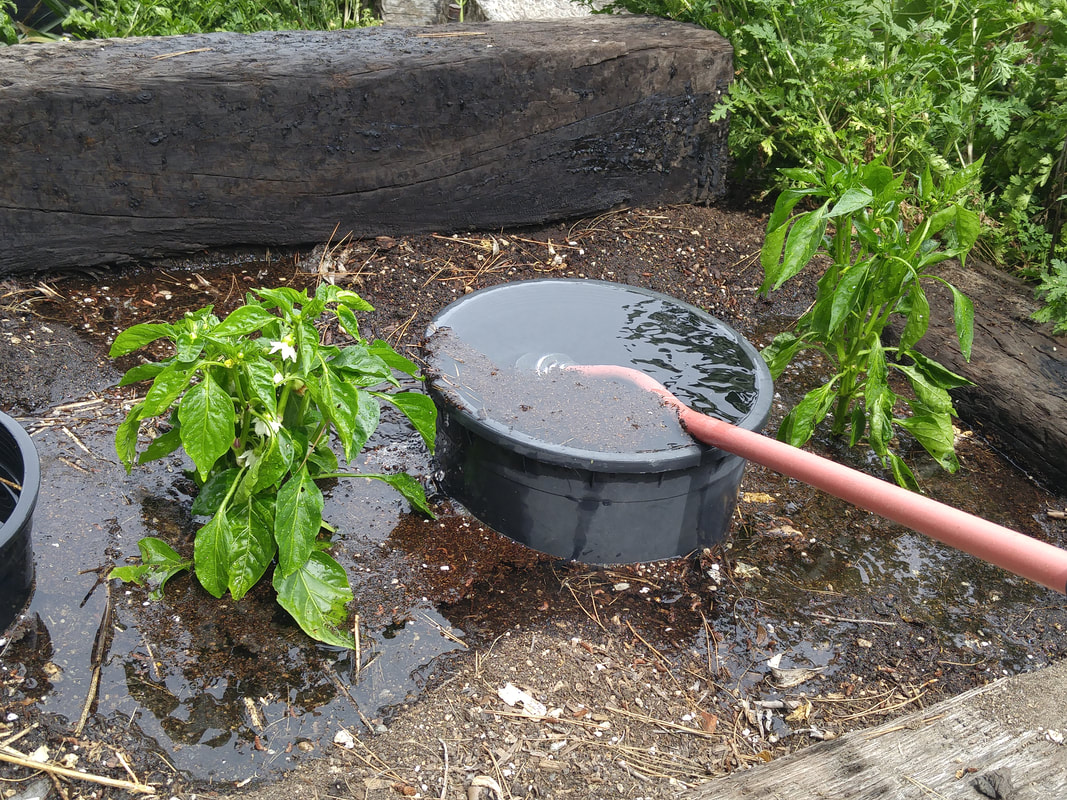
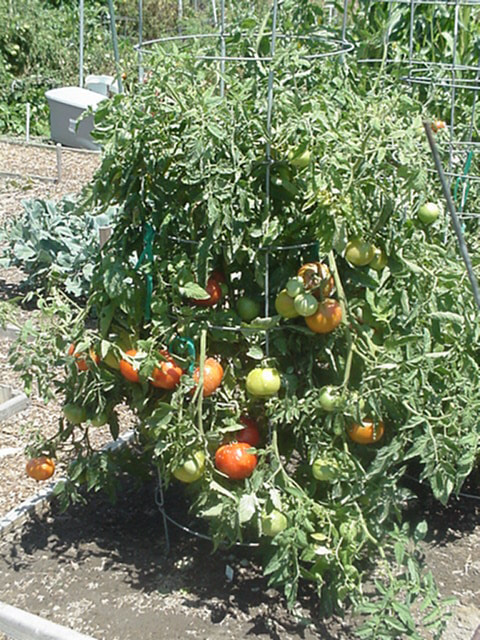
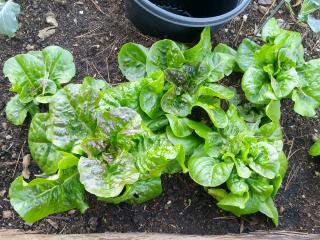
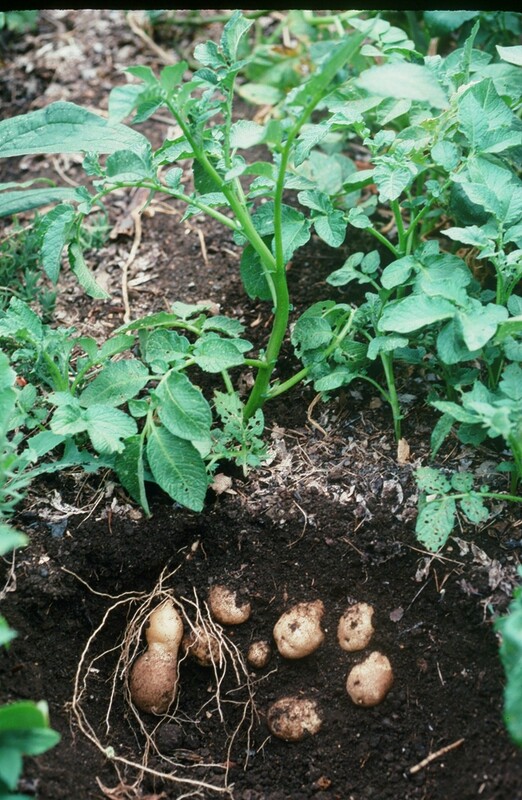
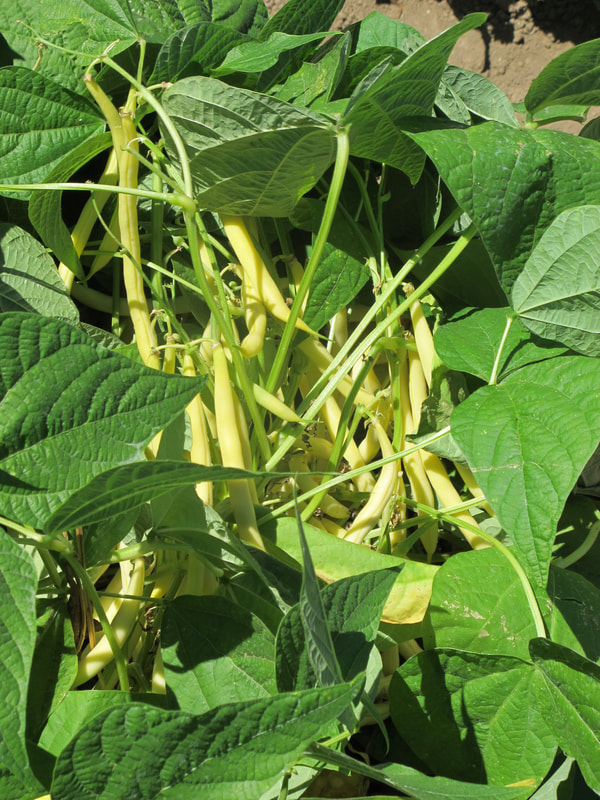
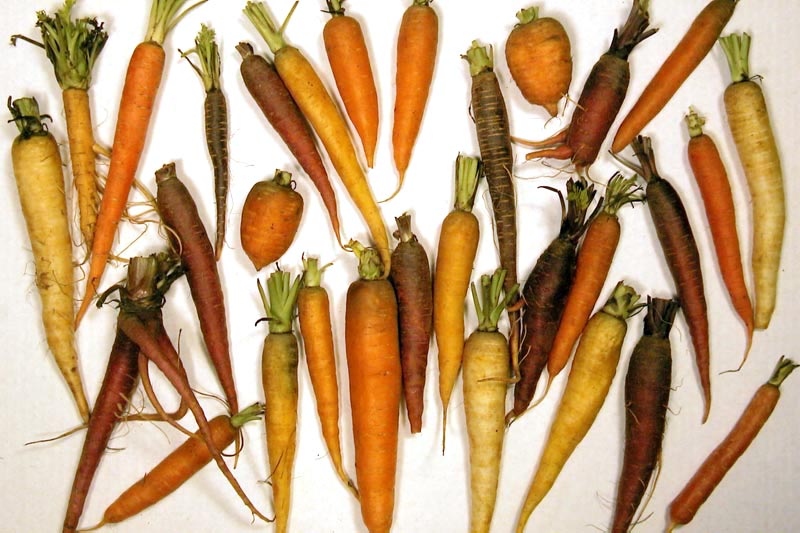
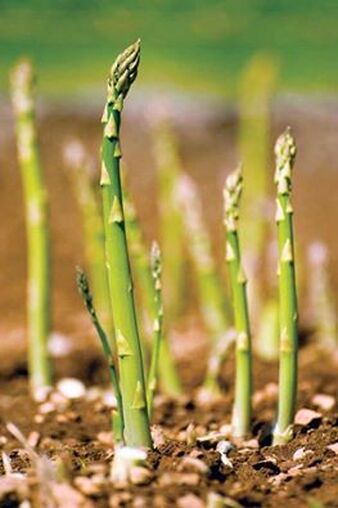
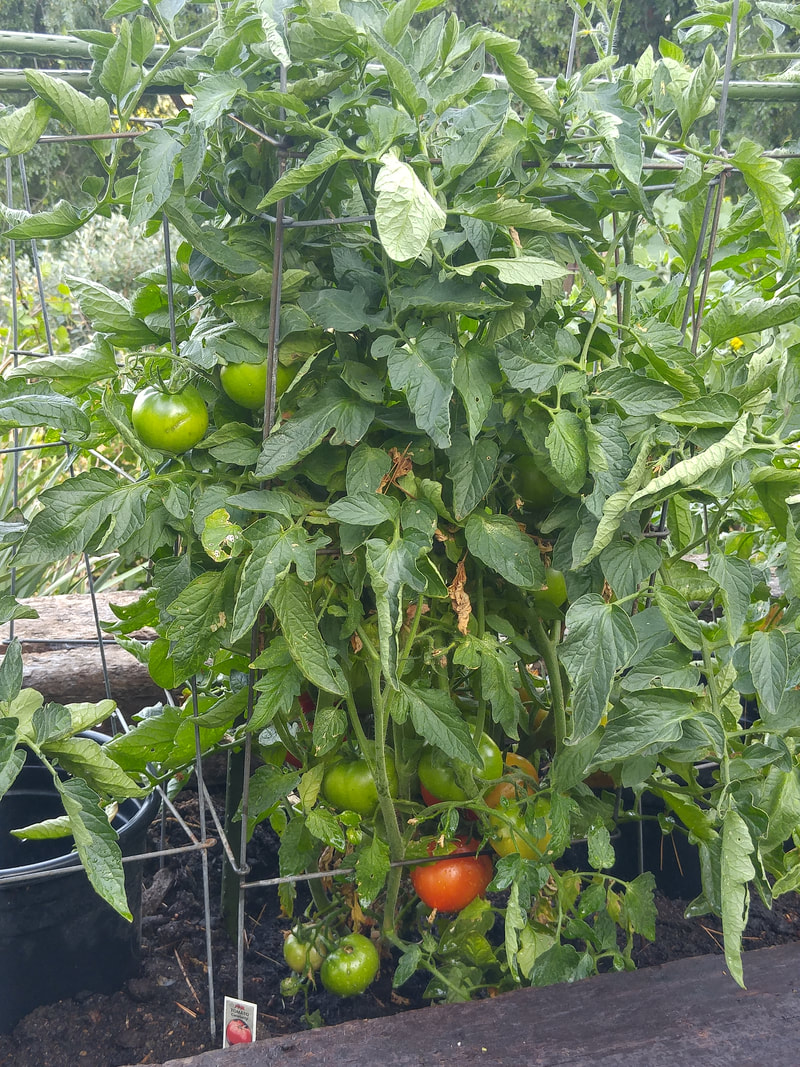
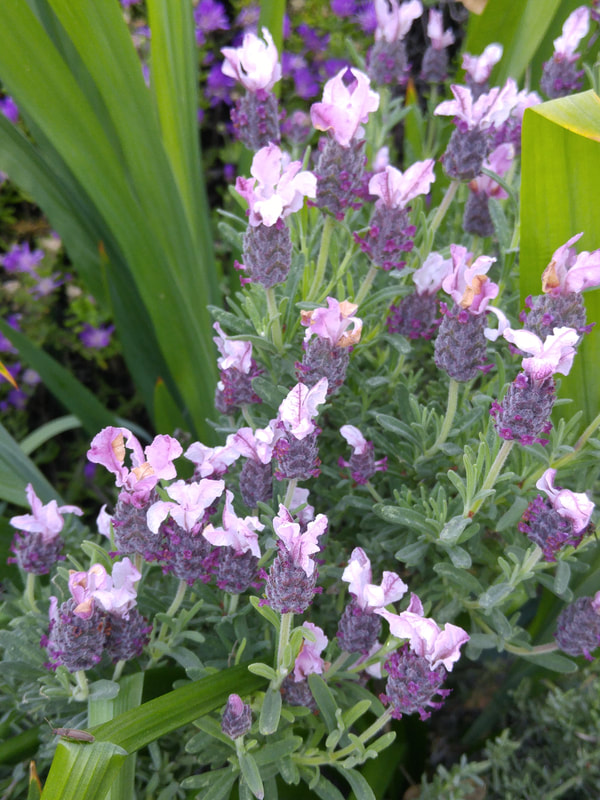
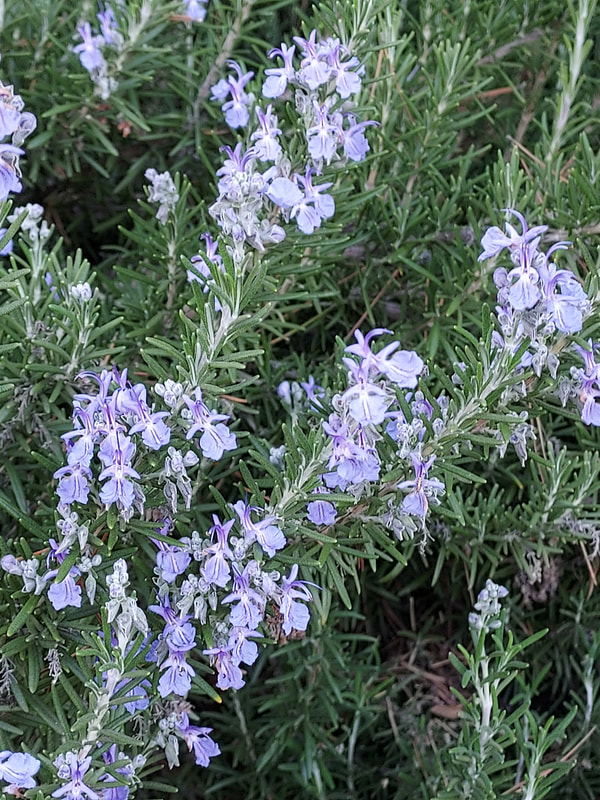
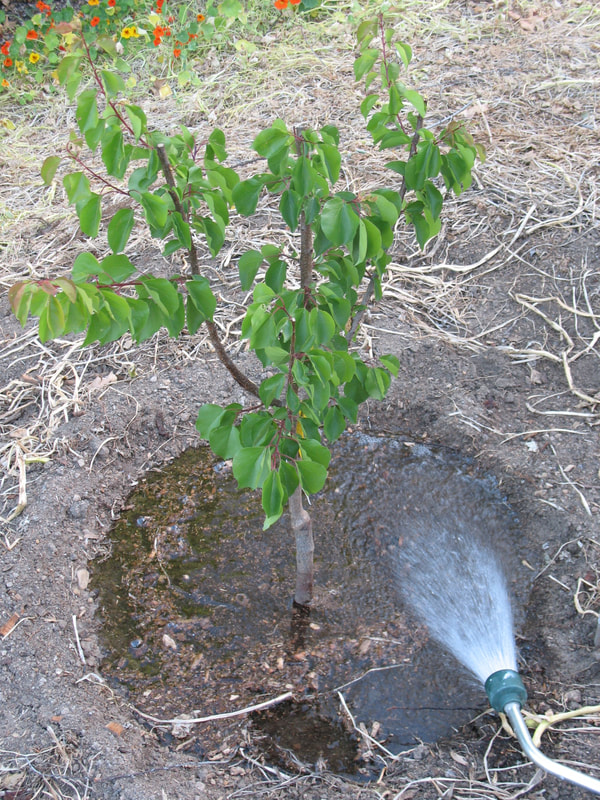
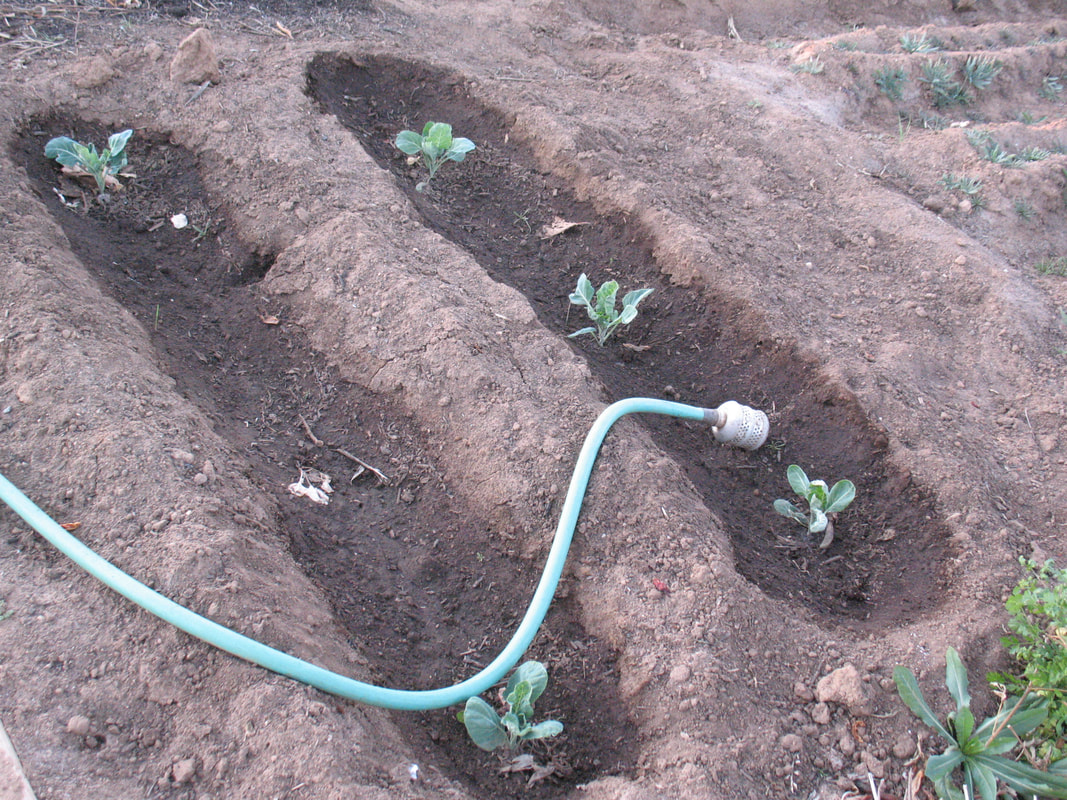
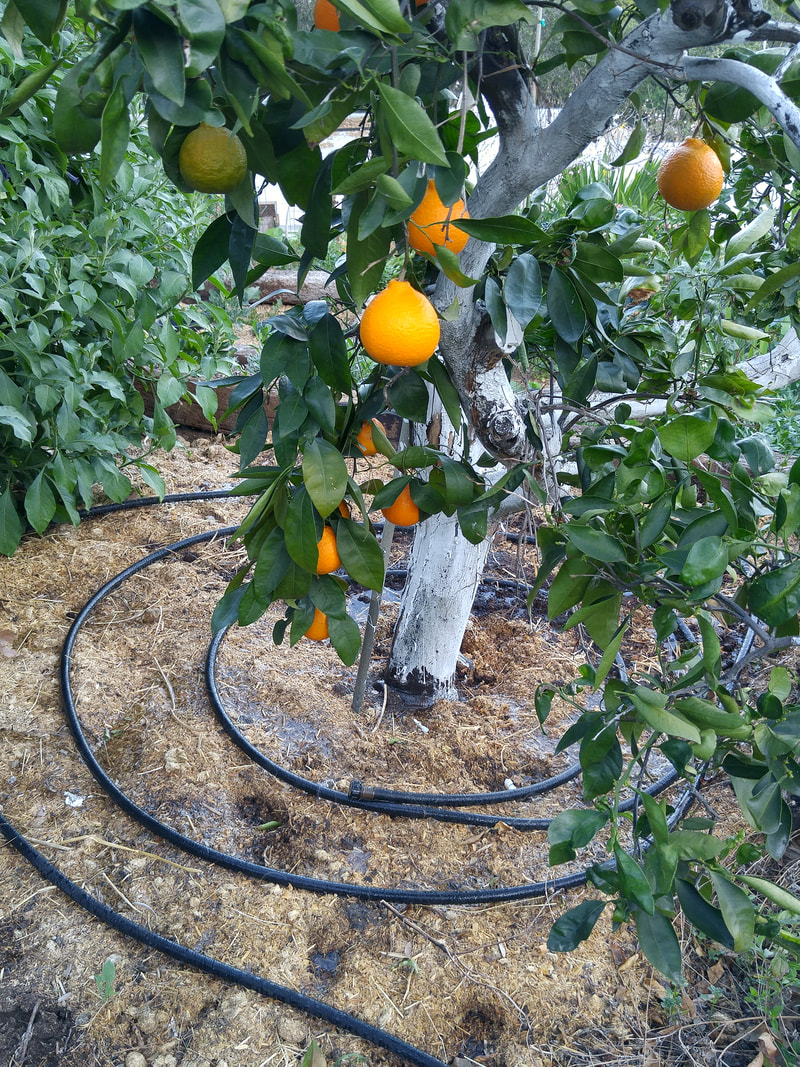
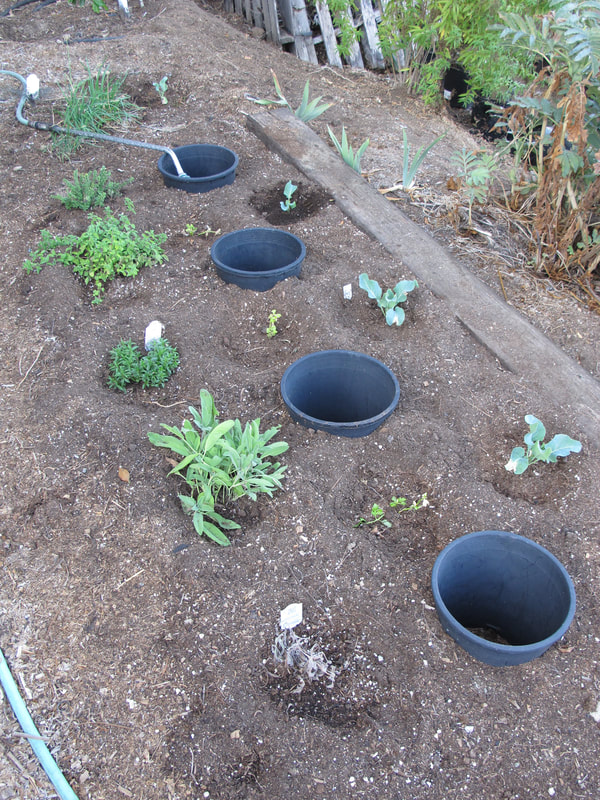
 RSS Feed
RSS Feed